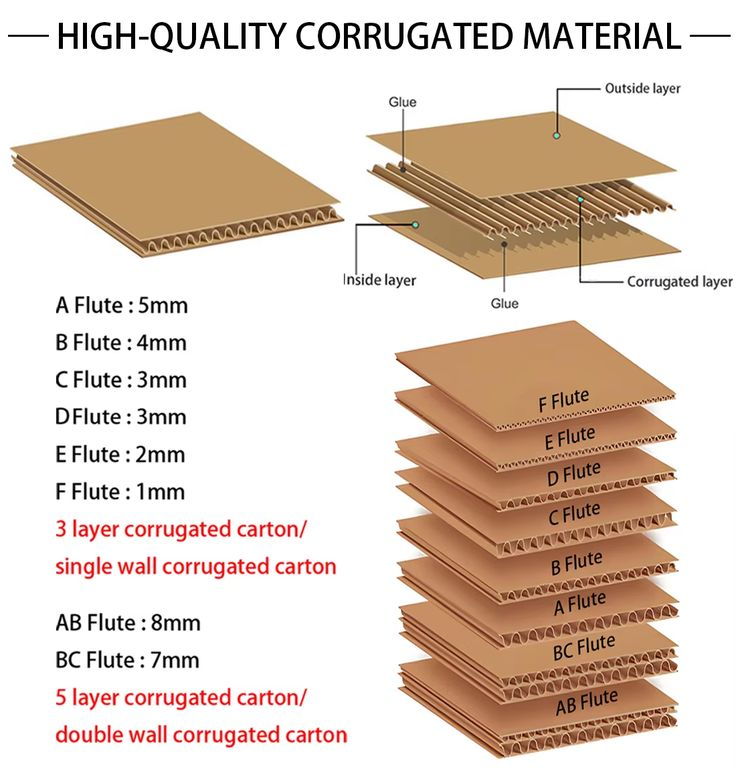Struggling to pick the right box for your product? This choice can really affect your brand's image and your budget. It's a decision you need to get right.
Rigid boxes give your product a premium, strong feel, making them great for luxury items. Folding cartons are light, flexible, and cheaper, which is perfect for everyday retail products. The best choice depends on your product's value, how it will be shipped, and how much you want to spend.

I've been in the packaging business for over 16 years. Designers often come to me with this exact question. The truth is, the best option really depends on what you're trying to do with your packaging. It's not just about a box; it's about the message you send to your customers. Let's look at the details together. I want to help you see the differences clearly so you can make the best decision for your brand.
When Should You Choose a Rigid Box for Premium Appeal?
Do you want your product to feel special and high-end? A weak or flimsy box can make a great product seem cheap. A rigid box, on the other hand, immediately tells the customer they are holding something of high quality.
Choose a rigid box for high-value products like electronics, jewelry, cosmetics, or special gift sets. Its strong construction and superior finish protect the item inside. It also creates a memorable unboxing experience that makes your brand stand out and feel more luxurious.

I remember working on a project for a new high-end smartphone. The client was focused on making the unboxing feel like an event. We decided on a rigid box made from thick greyboard, wrapped in a soft-touch paper with a matte finish. The moment the customer lifted the lid, they could feel the quality. This is the power of a rigid box. It’s not just packaging; it becomes part of the product experience. It communicates luxury before the customer even sees the product. This is why you see brands like Apple use them. The box feels heavy and solid, which makes the product inside seem more valuable. Rigid boxes are more than just containers; they are a statement about your brand's commitment to quality.
Deeper Dive into Rigid Boxes
| Feature | Description | Implication for Designers |
|---|---|---|
| Construction | Made from thick, non-bending greyboard, often wrapped in paper or fabric. | Offers excellent protection and a substantial, heavy feel. Ideal for creating a sense of value. |
| Customization | High potential for unique finishes like embossing, foil stamping, and magnetic closures. | Allows for a lot of creative freedom to express the brand's identity and create a unique user experience. |
| User Experience | Lids are often separate (e.g., lift-off or hinged), creating a reveal moment. | The unboxing can be designed as a memorable, multi-step process that enhances customer engagement. |
Are Folding Cartons the Best Choice for Cost-Effective Packaging?
Are you watching your budget closely? The high cost of premium packaging can sometimes be hard to justify. Folding cartons offer a professional look without the high price tag.
Yes, folding cartons are often the best choice for cost-effective packaging. They are perfect for a wide range of retail products, from food to pharmaceuticals. They are made from a single piece of paperboard, which makes them cheap to produce and lightweight to ship, saving you money.

I once helped a startup that was launching a new line of organic snacks. They had a great product but a very tight budget. They needed packaging that looked good on the shelf but didn't cost a fortune. A folding carton was the perfect solution. We used a simple design with bright, attractive printing. Because folding cartons are shipped flat, it saved them a lot of money on shipping and storage space. They could pack the snacks themselves as they got orders. This flexibility is a big advantage for smaller businesses. Folding cartons prove that you don’t need to spend a lot to have effective, attractive packaging that gets your product noticed. It is a practical and smart choice for many businesses.
Deeper Dive into Folding Cartons
| Feature | Description | Implication for Designers |
|---|---|---|
| Construction | Made from a single piece of paperboard that is die-cut, creased, and glued. | Lightweight and requires assembly. Designers must create a layout (dieline) that folds correctly. |
| Efficiency | Ships and stores flat, reducing shipping costs and saving warehouse space. | This is a major logistical advantage. It's great for high-volume production and automated assembly lines. |
| Versatility | Can be printed with high-quality graphics and adapted for many shapes, including with windows. | Offers excellent branding space. It’s a canvas for marketing messages right on the shelf. |
How Do Materials and Sustainability Compare Between the Two?
Is sustainability a big concern for your brand? The materials you choose say a lot about your company's values. Customers today care about eco-friendly options.
Both box types can be sustainable, but folding cartons often have an edge. They are usually made from a single, easily recyclable material. Rigid boxes can be harder to recycle if they use mixed materials like magnets, ribbons, or certain laminates.

The conversation around sustainability is more important than ever. For folding cartons, the path is simple. They are typically made from paperboard, which can come from recycled sources and can be easily recycled again. For a designer like Peter, this means you can confidently market the packaging as eco-friendly. For rigid boxes, it's a bit more complex. The core material, greyboard, is often made from recycled paper. However, the fancy wraps, glues, and things like magnetic closures can make recycling difficult. As a packaging professional, I always push my clients to think about the entire life cycle. We can make rigid boxes more sustainable by choosing recyclable wrapping papers and avoiding non-recyclable additions. It's about making smart choices from the start to balance that premium feel with environmental responsibility.
Deeper Dive into Sustainability
| Aspect | Rigid Box | Folding Carton |
|---|---|---|
| Primary Material | Often recycled greyboard core. | Typically virgin or recycled paperboard. |
| Recyclability | Can be complex. Magnets, ribbons, and certain coatings make it hard to recycle. | Generally easy to recycle, as it is often a single material. |
| Eco-Friendly Options | Use soy-based inks, water-based glues, and FSC-certified paper wraps. | Use recycled paperboard, soy-based inks, and avoid plastic coatings. |
Conclusion
Choosing between rigid boxes and folding cartons depends on your product's needs. Think about your brand, budget, and customer to make the best choice for your packaging.






